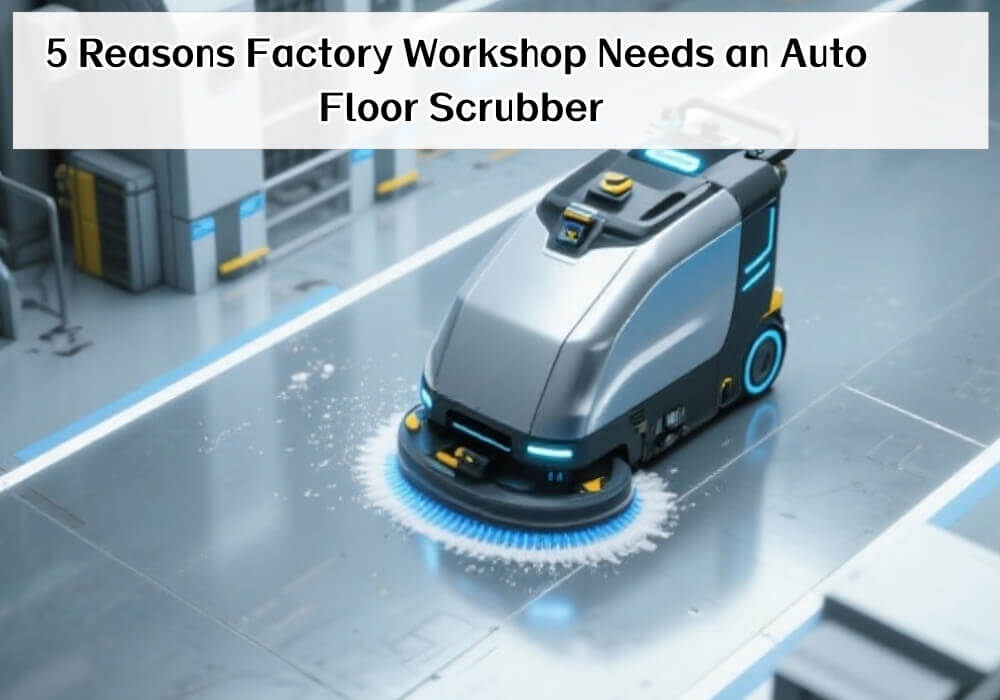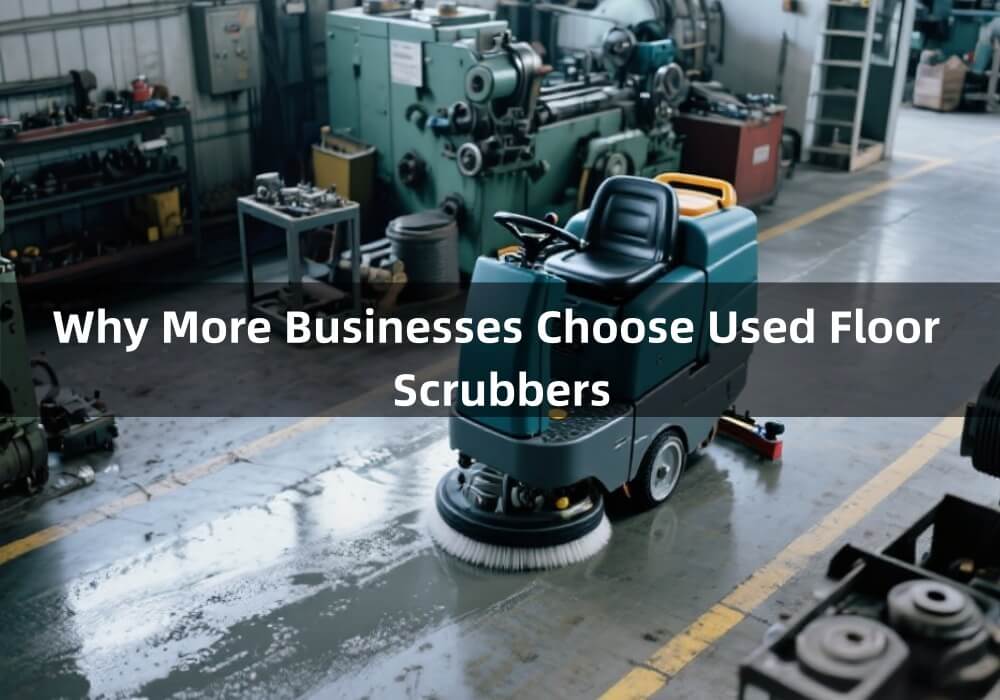Introduction
In recent years, automatic navigation floor scrubbers have gradually changed traditional cleaning methods with unique advantages and technologies. It has made significant breakthroughs in performance, functionality, and intelligence, attracting widespread market attention. This article will conduct an in-depth analysis from multiple dimensions to explore the development trajectory and future direction of automatic navigation floor scrubbers.
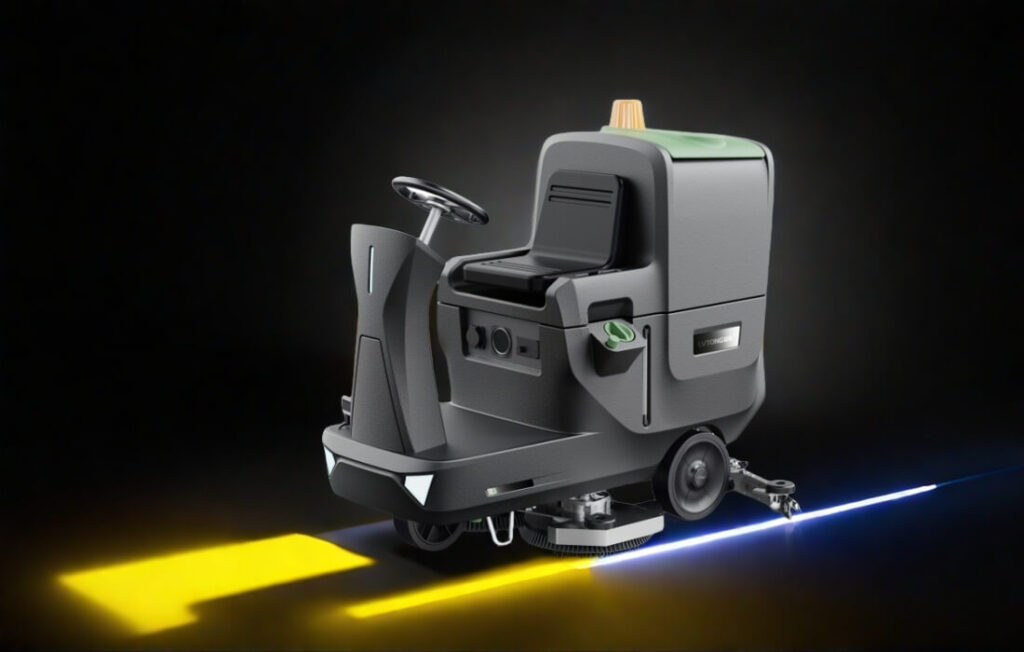
Technical Dimension
Navigation Technology
The core of an automatic navigation floor scrubber lies in its navigation system, with LiDAR technology being one of the best. It creates an accurate 3D map of the surrounding environment by emitting a laser beam and measuring the time of reflected light. For example: The floor scrubber equipped with 3D LiDAR can effectively plan cleaning paths in complex indoor environments. It is greatly improving cleaning efficiency and safety. According to data, the cleaning efficiency of a floor scrubber using LiDAR navigation has increased by 40% compared to traditional manual floor scrubbers.
Moreover, Visual navigation technology is also rapidly developing and widely applied. It uses cameras to capture images of the surrounding environment and analyzes them through complex image processing algorithms and artificial intelligence technology to identify obstacles and cleanable areas.
In addition, some high-end automatic navigation floor scrubbers adopt a dual system technology of "AI visual navigation+LiDAR obstacle avoidance", further enhancing the accuracy and reliability of navigation. The cost of visual navigation technology is relatively low, and it can currently reach a level of ± 5cm. Its positioning accuracy is also constantly improving.
Intelligent
The cleaning function of automatic navigation floor scrubbers is constantly improving with intelligent technology. The sensors of its equipment can detect the degree of dirt inside and automatically adjust the suction and water output. For example: In the kitchen, a floor scrubber can increase cleaning power, improve suction, water output, and ensure that floor stains are thoroughly removed. In the area of the wooden floor, it can be switched to comfort mode to reduce the damage of the brush plate to the ground.
In addition, the "on-demand cleaning function" of the floor scrubber also saves water resources and energy, reducing usage costs. Compared to traditional floor scrubbers, it can save 30% water and 20% energy.
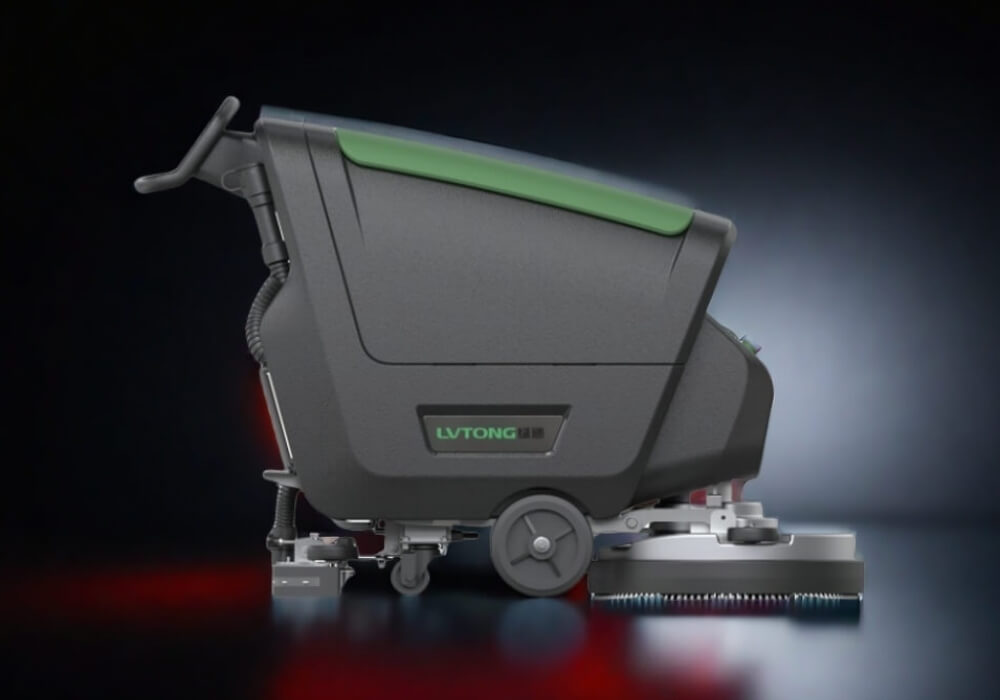
Market Demand
Commercial Premises
In the commercial field, hotels, hospitals, shopping malls, supermarkets and other places have extremely high requirements for cleaning efficiency and quality. Traditional cleaning methods are no longer able to meet the high-frequency and large-scale cleaning needs. The application of automatic navigation floor scrubbers has effectively solved such problems. According to market data statistics, the proportion of automatic navigation floor scrubbers in commercial applications is expected to significantly increase by 2025. It is estimated that by 2030, the penetration rate of scenarios such as hotels, hospitals, and shopping malls will increase from 38% in 2025 to 65%.
Industrial Premises
In industrial sites such as factory workshops, warehousing and logistics centers, these areas have large ground areas and high cleaning intensity. Traditional manual cleaning methods are not only inefficient, but also have high labor costs. The automatic navigation floor scrubber has been increasingly widely used in the industrial field due to its powerful cleaning ability and efficient operation efficiency.
Family
Nowadays, the demand for cleaning equipment in households is also changing. The traditional manual cleaning method is no longer able to meet the demands of modern fast-paced life. With its convenient and efficient features, automatic floor scrubbers are increasingly being used in households. It can autonomously plan the cleaning path and is suitable for different floor materials such as wooden floors, tiles, marble, etc.
According to market research data, the penetration rate of automatic navigation floor scrubbers will increase from 12% in 2025 to 30% in 2030. The market potential is very large.
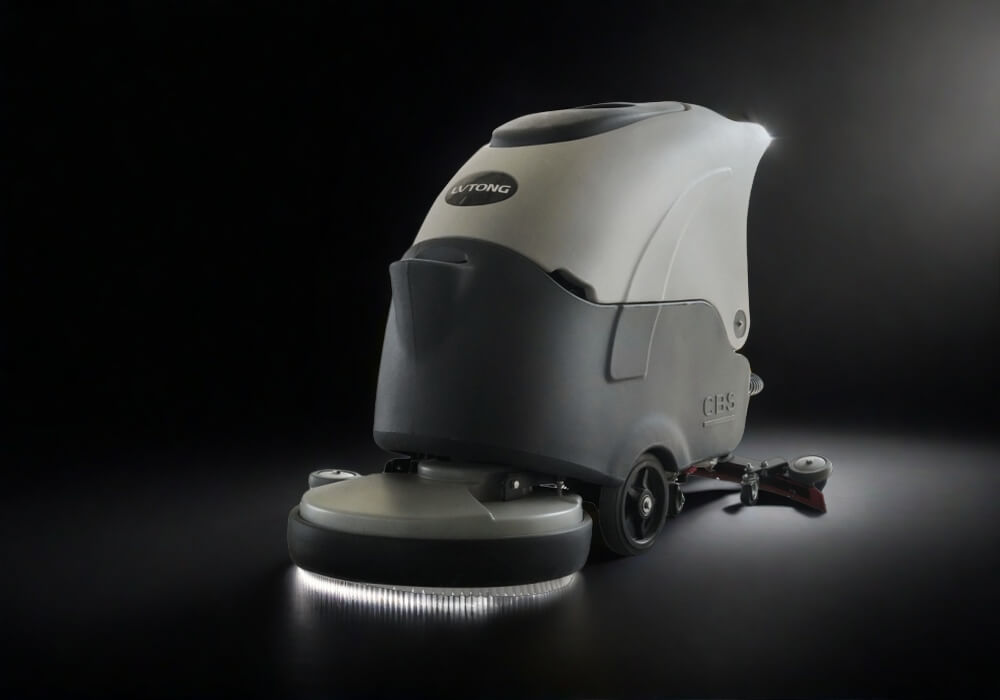
Cost effectiveness
Decreased Procurement Cost
With the advancement of technology and the improvement of the industrial chain, the production cost of automatic navigation floor scrubbers is gradually decreasing, and the procurement cost is becoming cheaper. Many well-known brands' automatic navigation floor scrubbers have seen a 20-30% price reduction, but their performance has significantly improved.
Cost Advantage
In terms of long-term usage costs, automatic navigation floor scrubbers have significant advantages over manual cleaning. Firstly, an automatic navigation floor scrubber can replace the workload of 3-5 cleaning workers. Up to $70000 in cost savings can be achieved annually. Secondly, the automatic floor scrubber machine is more scientifically and reasonably used in terms of consumables, which can reduce the cost of consumables. It avoids waste during manual cleaning by precisely controlling the spraying amount of water and cleaning agents.
In addition, floor scrubber dryer consumables cost is low, mainly consisting of inexpensive brush discs and absorbent materials. Overall, the automatic navigation floor scrubber can save users a lot of manpower and consumables costs during long-term use, and its cost-effectiveness advantage will attract more users to choose and accelerate its popularization process.
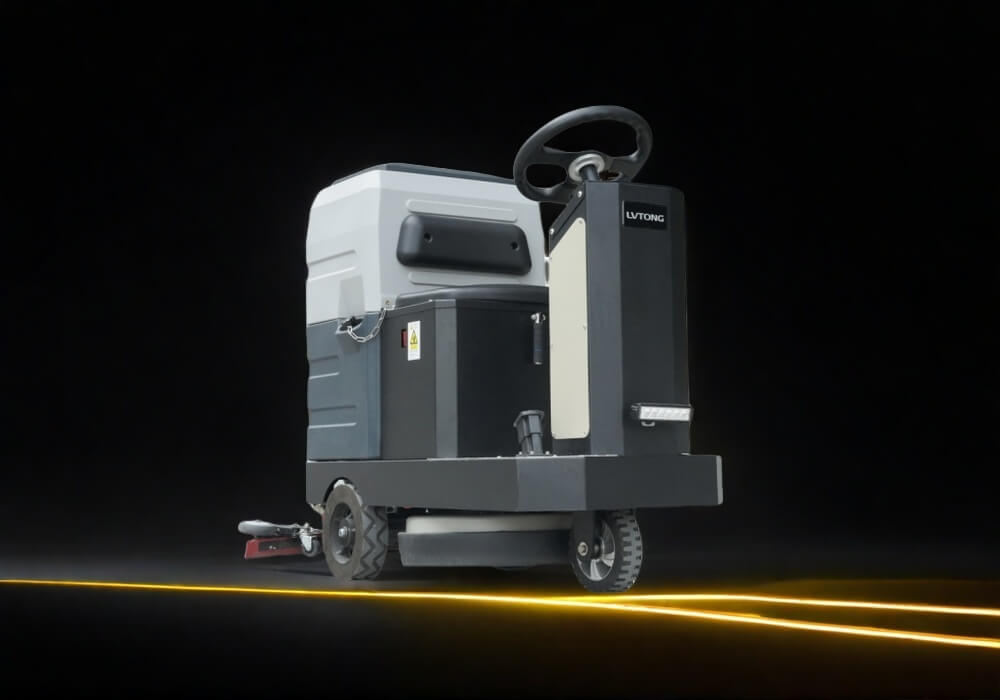
Policy Support
Policy promotion
In recent years, governments around the world have introduced relevant policies to encourage and support the development of the smart cleaning equipment industry. In China, regions such as Beijing, Shanghai, and Guangzhou have introduced a 20% -25% procurement subsidy policy, which has played a positive role in promoting the market of automatic navigation floor scrubbers.
At the same time, policy support has also attracted more enterprises and capital to enter this field, promoting technological research and innovation, and driving the rapid development of the entire industry.
Industry Standard
With the development of the intelligent floor scrubber market, the industry standards for cleaning equipment are gradually improving. The new national standard policy of GB/T 38045-2023, which will be implemented in 2026. It has put forward clear requirements and specifications for the product quality, safety performance, intelligent functions, and other aspects of automatic navigation floor scrubbers. Moreover, the improvement of industry standards not only helps to eliminate low-quality products, but also enhances consumers' trust in automatic navigation floor cleaning machines.
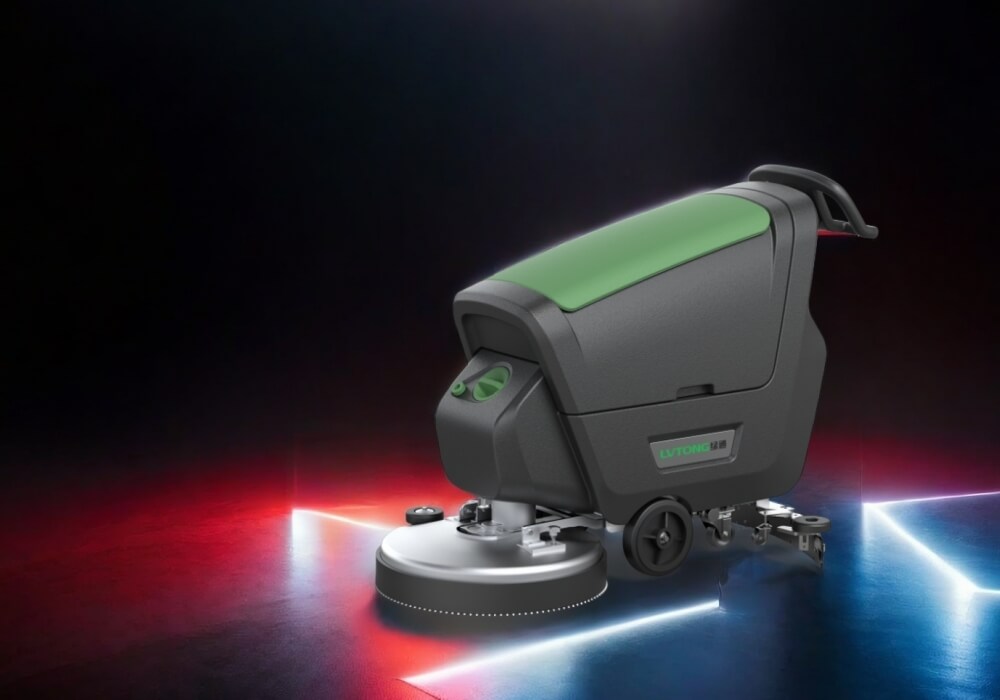
Competitive Landscape
Top Enterprises
In the market of automatic navigation floor scrubbers, leading companies such as Ecovacs and Stone Technology continue to invest in R&D resources and lead industry technological innovation with their strong R&D capabilities and market influence. These enterprises have an average annual R&D expenditure of over 8%, continuously making breakthroughs in core technology areas such as automatic navigation, cleaning efficiency, and human-computer interaction.
In addition, leading companies continue to launch products with differentiated competitive advantages, enhancing the added value and market competitiveness of their products.
Cross Border Enterprise Opportunities
In China, home appliance companies such as Midea and Haier have brought new opportunities and vitality to the market of automatic navigation floor scrubbers. These home appliance giants have strong brand influence, well-established sales channels, and strong financial strength. Their entry into the industry has accelerated the market promotion and popularization of automatic navigation floor scrubbers.
For example, Midea's automatic floor scrubber allows users to remotely control and intelligently schedule the scrubber through a mobile app. It can achieve seamless integration with Midea's smart home ecosystem.
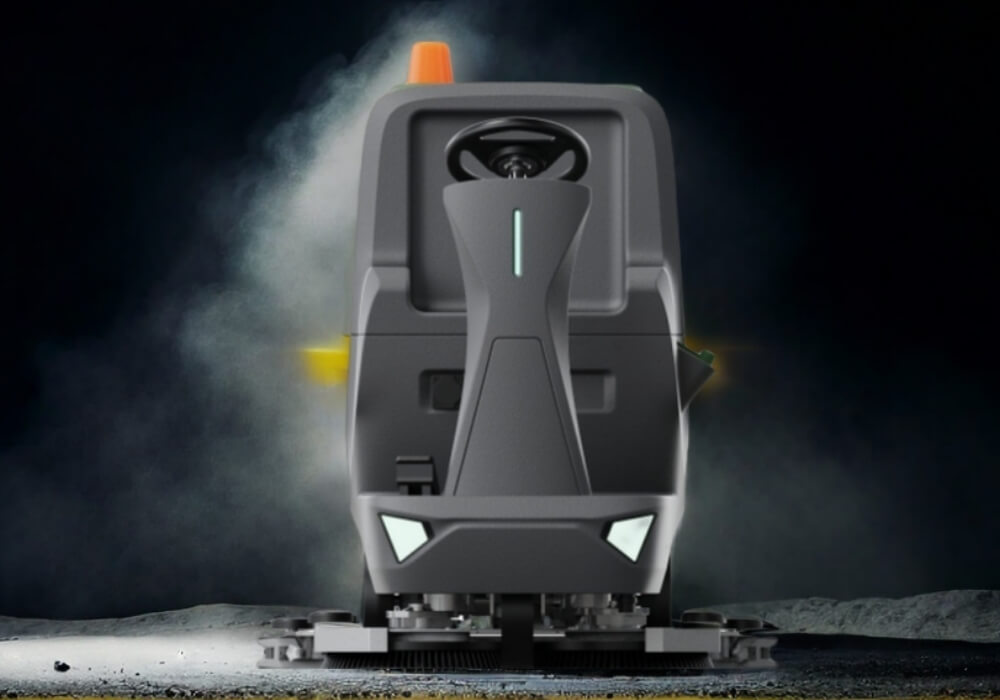
Application Scenarios
The popularity of automatic navigation floor scrubbers has further enhanced their adaptability to different scenarios.
Unstructured Scene Adaptation
Traditional floor scrubbers perform poorly in scenarios with multiple obstacles, slopes, and materials, while automatic navigation floor scrubbers can solve these problems.
- Hospital Ward Scene:The floor scrubber equipped with LiDAR can recognize the 15cm height space at the bottom of the hospital bed, automatically adjust the body height to complete cleaning, and solve the problem of blind spots in manual cleaning.
- Warehouse Logistics Scenario:In response to the problem of uneven warehouse floors, automatic navigation floor scrubbers can use algorithm technology to plan reasonable routes for cleaning. In addition, the cleaning efficiency is three times that of manual cleaning.
Industry Customized Solutions
Food Processing Industry: The equipment adopts "food grade stainless steel body+antibacterial roller brush", which meets FDA certification standards and can directly clean the production workshop floor to avoid cross contamination. After the introduction of a meat processing plant, the hygiene inspection pass rate increased from 82% to 99%.
Electronic Manufacturing Industry: Launches "anti-static floor scrubber", which controls the static electricity value within 100V through special material design, meeting the requirements of dust-free workshops.
Elderly Care Institutions: The operating noise of equipment is reduced to below 55 decibels to avoid disturbing the elderly and create an effective, quiet, and clean environment.
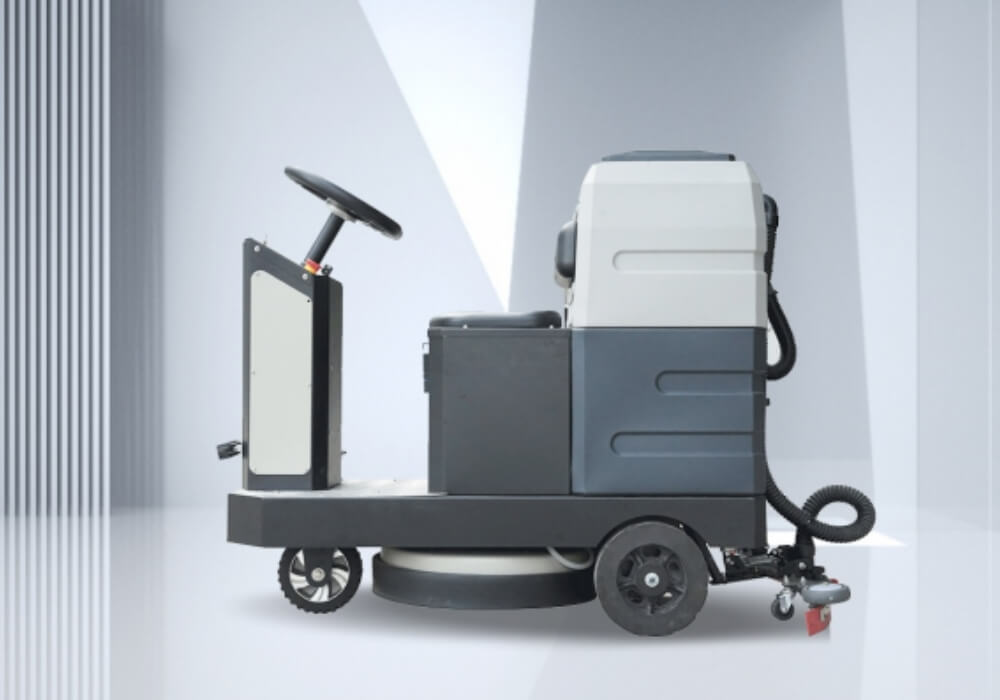
Technological Breakthrough Dimension
Navigation Accuracy
In environments with strong light, mirror reflection, and signal interference, laser radar and visual navigation are prone to deviation. For example: The glass curtain wall of large supermarkets may cause visual navigation errors, and equipment may bypass normal areas. In view of this situation, the technology of multi-sensor fusion and edge computing can be improved.
Battery Life
The battery life of medium-sized equipment is generally 2-3 hours, which is difficult to meet the daily cleaning needs of large venues. A test at an airport showed that a single device needs to be charged 4 times a day, which affects the continuity of operations. To address this issue, efforts can be made in two areas: solid-state battery applications and automatic charging base station upgrades.
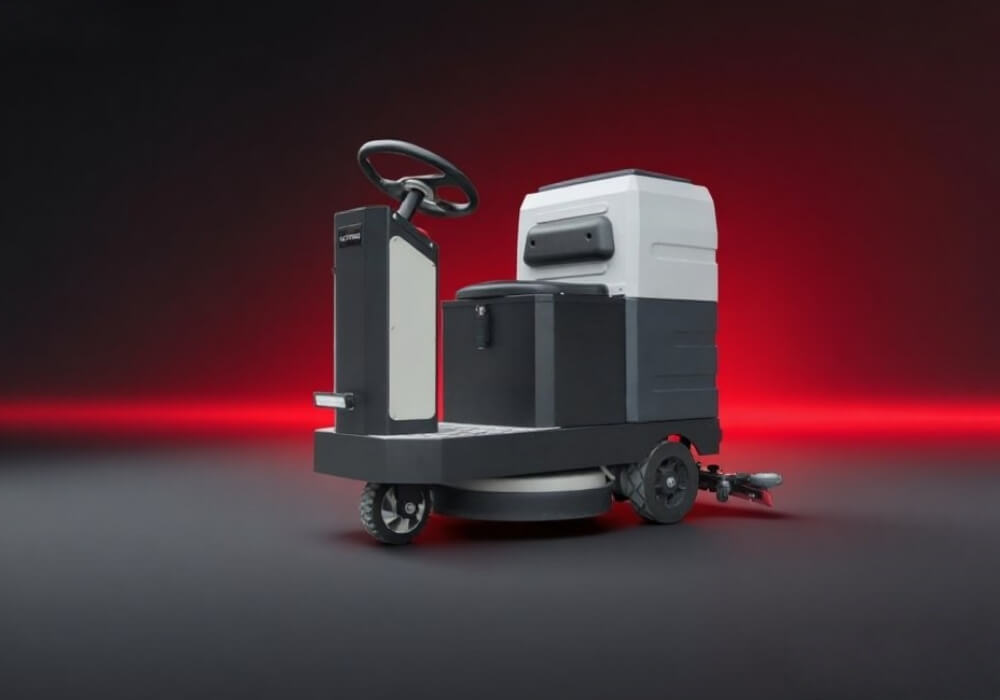
Industry Chain
The popularization of automatic navigation floor scrubbers cannot be separated from the coordinated maturity of the upstream and downstream industrial chains.
Localization of Core Components
Previously, LiDAR mainly relied on imports and was expensive, but after domestic substitution, the price decreased by 60%, and the computing power and accuracy continued to improve. For example, a 16 line LiDAR developed by a company in Shenzhen has performance similar to imported products, with a unit price reduced from $1100 to $400.
Scale Production Effect
The annual production capacity of top enterprises has jumped from 100000 units in 2020 to 1 million units in 2025, with a 40% decrease in unit production costs. The head of a certain brand revealed that the automation rate of the production line has increased from 50% to 90%, the per capita production capacity has increased threefold, and the quality control pass rate has increased from 92% to 99%.
Service Network Coverage
The number of after-sales outlets nationwide has expanded from 500 in 2020 to 3000 in 2025, with over 90% of cities achieving "24-hour door-to-door service".
Conclusion
The number of after-sales outlets nationwide has expanded from 500 in 2020 to 3000 in 2025, with over 90% of cities achieving "24-hour door-to-door service".

